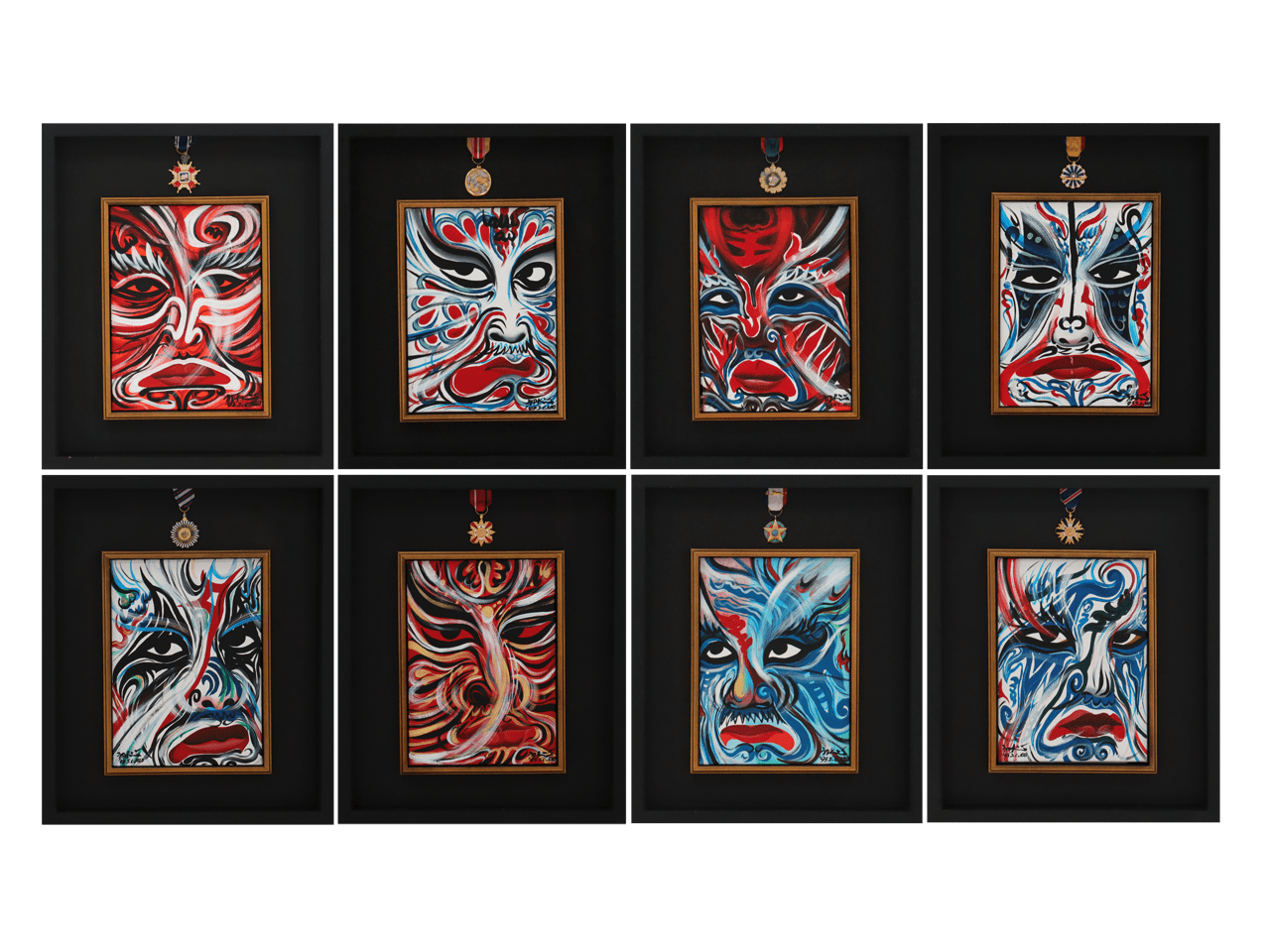郭振昌(1949-)
J. C. Kuo
聖台灣──母與子
1997
166x85x10cm
複合媒材|畫布
系列名稱
郭振昌|1993年 ── 2007年作品
作品編號
06
出版紀錄
《聖台灣:郭振昌1998個展》,愛力根藝術有限公司,1998年













